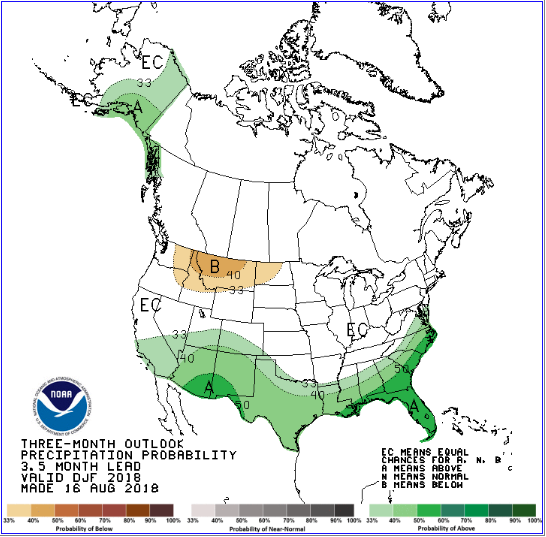What Will The Winter Weather Be? There Are Many Ways Of Telling, So Place Your Bets.

We grew up with several folk rules about forecasting the winter weather. Most people know about the width of the bands of Woolly Bear caterpillars and the increased frenzy of squirrels gathering nuts and stowing them away. But did you also know that folklore points to other, more subtle indicators that certainly must have some validity from the test of time.
Have you noticed the following having a correlation with deep, cold, snow winters? [Thanks to the Farmer’s Almanac for pointing these out.]
- Heavy fogs in August
- Two or more woodpeckers on the same tree
- Mice chewing doorways into a house
- Really big spider webs
- Pigs collecting sticks (!)
- Acorns galore
- Thicker coat on your dog
And many more. We suppose that if all these indicators appear in parallel, then winter will be a big one. Now that would be an interesting dissertation in Meteorology.
However much fun it is to tell your grandchildren that the wiggly caterpillar climbing the backyard tree with a big, thick, orange band is a sign of snow to come, we also prefer to keep an eye on the National Weather Service’s Climate Prediction Center. Granted, a forecast is subject to being wrong, but, in the grand scheme of things, it certainly is worth consideration, especially if you are planning winter activities.
The CPC has recently issued its prediction for winter conditions for January, February, March 2019, the core of the snow season for most folks. As we have pointed out earlier, this winter will be influenced by a weak-moderate El Nino that is showing up as warm water in the eastern Pacific. Below are two graphics that reflect the forecast for Jan-March 2019, one reflects Temperature, the other Precipitation. The colored areas reflect the probability of variance from “average”, that is, the historic amounts of rainfall and temperature recorded over the year. So, some areas can be “EC” for “Equal Chance”, of being above, normal, or below average, or, in other words, a toss-up. “A” is a predicted probable variance “Above”, “B” is “Below”, and “N” is “Normal” or historic average.
You can see at a glance that temperature predictions are forecasting above average temps in the Northwest and extending across a swath of the northern tier of the country. And, the Precipitation map shows above average for the southern tier with a toss-up for a middle band across the country, and pockets of below average precip in the Northwest and Midwest. Put the data from the two maps together, and you get the official NWS prediction for winter: Warmish and toss-up wet in the middle swath of the country, toss-up temps but above average wetness across the south.
Just remember, this is a prediction about what the weather will be four-six months from now and treat it as such. Incidentally, you may want to compare these forecasts with the venerable Farmer’s Almanac’s Official Winter Weather prediction. Alas, The Farmer’s Almanac’s secret forecast formula is calling for “More Rain, Less Snow.”
So, the stakes are set on the table; let’s see how the dice rolls.















thanks for the weather forcast–i want snow in the mts. and not around my house— i really enjoy your news letters thanx rtc
Hi Dick: thanks for the comment. hope all is well. mdm
That’s great, but I live in Scotland and probably won’t be in the USA this winter! Any suggestions?
Check out Singlesport. From the owner: “Singlesport specialises in solo travellers, some are single but many are just solo on holiday because their partners do not ski, either way we are a sociable bunch seeking good company to ski with. Here are our ski trips for this season https://www.singlesport.com/winter-holidays/
Let us know how it goes. MDM